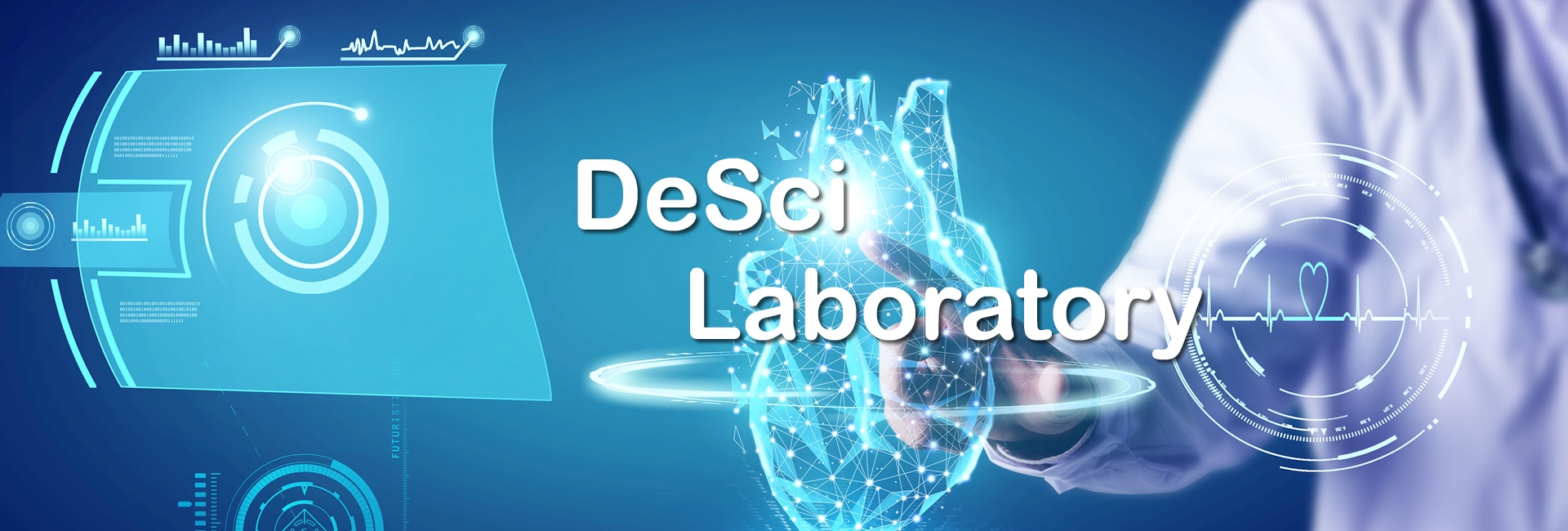Neural Understanding of STEM Activities
This study investigated brainwave data focused on the frontal and temporoparietal lobes of the brain using electroencephalogram (EEG) sensors to understand neural processes during learning. 20 university student's neural data were collected during STEM learning activities encompassing “working memory’, ‘arithmetic functioning’, ‘cognitive flexibility’, ‘mental flexibility” and ‘planning”. The Random Forest machine learning algorithm was applied to different combinations of EEG sensor locations to identify important locations in the brain during learning. The findings suggest that the inclusion of neural data from the frontal lobe drastically improved understanding of the various STEM activities. Additionally, it was found that the frontal and temporoparietal lobes are strongly involved in arithmetic functioning. Analysis of the beta-to-theta ratio of the neural data during different activities indicated that working memory consumed the most concentration, while math processing was less intensive. This research provides valuable insights into understanding the neural mechanisms underlying different cognitive activities and identifies specific activities that may be more engaging in classrooms.

